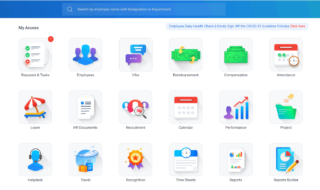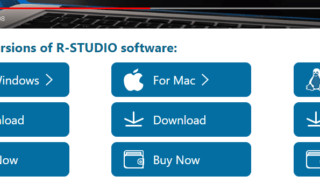Apple’s iPhones have epitomized the evolution of modern technology ever since their introduction in 2008. Year after year, the Silicon Valley multinational launches devices that offer more power, larger displays, sharper cameras, better features, longer-lasting batteries, and more. Paradoxically, though, as iPhones get more sophisticated (and expensive!), troubleshooting and repair can turn into real nightmares. In this dedicated guide, we’re bringing to light 7 of the most common hardware and software problems iPhone users experience and suggest various ways to fix them.

Contents
Broken Glass
There’s no denying that iPhones are marvels of engineering. Thin, stylish… and fragile! The glass material that makes up the front and back of certain iPhones is prone to cracks since, well, it’s glass and glass breaks, we’ve all seen people around with their shattered screens, secretly judging them and wondering how anybody could be so careless. In truth, as mindful as you’ll ever be, the odds dictate that your iPhone’s glass will eventually crack; all it takes is one minor drop. Investing in a sturdy full-body case should prevent unfortunate incidents. If the damage is already done, get your screen or glass back replaced.
Data Loss
Losing all your photos, videos, contacts, and messages can be quite frustrating. This is a common occurrence after installing a new iOS update or migrating your data to a new iPhone. Now, if you happen to have an iCloud back-up, the tech gurus over at netchimp.co.uk simply recommend syncing your device through iTunes to retrieve your data. The same goes if you’ve accidentally forgotten your passcode. However, if no iCloud back-up is available, visit your nearest Apple Store to see how or if your lost data can be retrieved.
Fast-Draining Battery
Apple has a tendency of making us reminisce about the good old Nokia phones that would easily last two weeks on a single charge. Today, an iPhone that makes it over a single day is a feat in itself. Despite improvements in battery technology, we’re still nowhere near optimal convenience; and quite frankly, all these tweaks in internal settings to optimize battery life can only go so far. As iPhone batteries become less efficient the more you use them, as any lithium-based product, you might want to look into getting a replacement from an official store or a certified repair shop.
iPhone Not Charging
Not hearing that familiar sound as you plug in your lightning cable can bring up all sorts of undesirable emotions. An iPhone that refuses to charge may be the result of a defective cable, charging block, or internal hardware components. If wiping the charging port and removing any trapped dust doesn’t work, try with another USB cable, or attempt a force restart or a factory reset. If all else fails, bring your iPhone to the nearest service provider for more in-depth troubleshooting.
Water-Induced Damage
Sometimes, iPhones can make a splash, quite literally. Whether it’s an unfortunate toilet drop or an unexpected dip in the pool, water is the enemy of all electronics. That said, more recent iPhones come with IP certification that makes them waterproof under a certain time and depth limits. So, if your iPhone temporarily drowned, don’t fret; mouth-to-mouth probably won’t work, but you can wipe off the excess water with a cloth and leave your device in a plate of rice overnight to absorb any remaining moisture. If your resuscitation attempts are vain, visit your local repair shop.
Unresponsive Touch Screen
It goes without saying that a modern smartphone without proper screen responsiveness is as good as useless. Now, if your iPhone’s touch panel has suddenly stopped obeying your tactile commands, the best thing you can do is turn the phone off and let it charge for a little while. In case your screen is cracked on top of that, this will most likely be a hardware issue that warrants a screen replacement.
Wi-Fi/Bluetooth Connectivity Issues
Last but not least, connectivity problems aren’t uncommon in Apple’s ecosystem of products. Nevertheless, the inability to join your personal Wi-Fi network or pair your iPhone with your Bluetooth headphones isn’t something to be concerned about; it can notably happen after iOS updates. You should be able to make it work again with a quick network settings reset. If not, conduct some research to see determine the root cause.
Other common iPhone problems include general sluggishness (perhaps the sign of saturated storage), a camera that doesn’t work, a faulty proximity sensor, Error 56… The list goes on and on. Ultimately, no matter the issue you’re experiencing with your iPhone, resist the urge to switch to Android; conduct some online research and check out dedicated forums to troubleshoot and find effective solutions.



